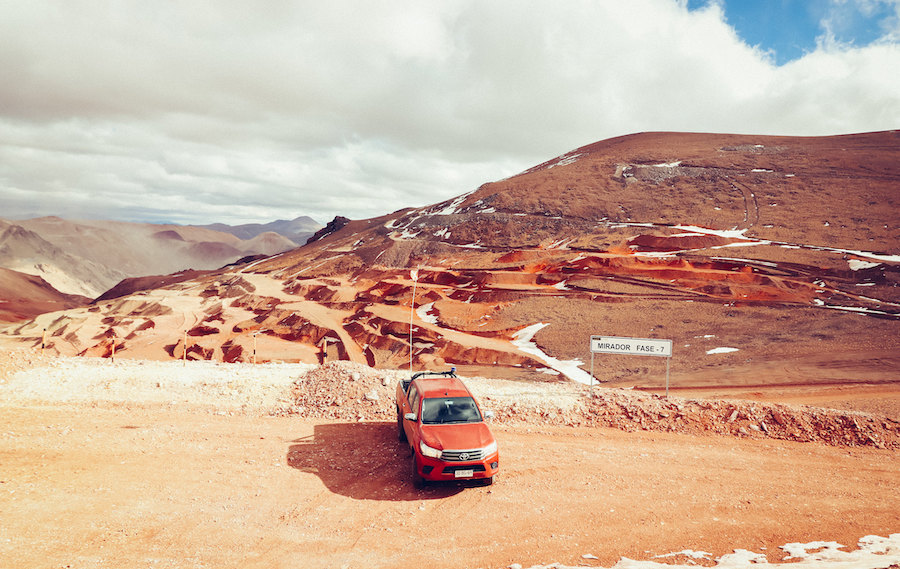
Canadian miner Kinross Gold (TSX:G) (NYSE:KGC) has poured its first gold bar at La Coipa mine in Chile and expects to reach full operating capacity at the asset by mid-year.
The company, which first started evaluating options for returning to long-term production in Chile three years ago, began commissioning the mine and mill in early February, on schedule and under budget.
Seeing the 250,000 ounces per year mine on the brink of commercial production could help ease Kinross shareholders concerns after the gold miner suspended its Kupol mine in Russia because of sanctions over Moscow’s invasion of Ukraine.
The Toronto-based company, which has been operating in Russia for about 25 years, had expected to produce 350,000 ounces of gold equivalent this year at the mine, which accounts for 13% of Kinross 2.65-million-ounce gold equivalent output.
Kinross, which gave the green light to the La Coipa restart in 2020, recently increased the mine’s expected overall production by 45% to about 1 million ounces of gold.
The upward revision incorporates bringing the nearby Puren pit into the project and optimizing the Phase 7 mine plan.
The project’s life of mine estimate was also extended from 2024 to 2026 and Kinross said it continued to study opportunities to further expand the mine.
As part of these plans, the company is evaluating production at the nearby Lobo-Marte project, located about 50 km from the main pit, after the conclusion of mining at Phase 7.
Lobo-Marte, which has the potential to extend La Coipa’s life to 2030, would share infrastructure and equipment with the Puren pit.
By the end of 2021, the company estimated La Coipa’s proven and probable reserves at 18 million tonnes grading 1.6 g/t gold for 898,000 ounces of contained gold.
Kinross used to have another mine in northern Chile – Maricunga – where the country’s environmental watchdog (SMA) ordered the closure of the wells serving the operation in 2016.
The company halted all extraction, grinding and stockpiling of ore and laid off 300 people that year. It also challenged the ruling in Chile’s environmental tribunal and then in the country’s highest court.
The Maricunga mine accounted for 8% of the miner’s total gold production in 2015.